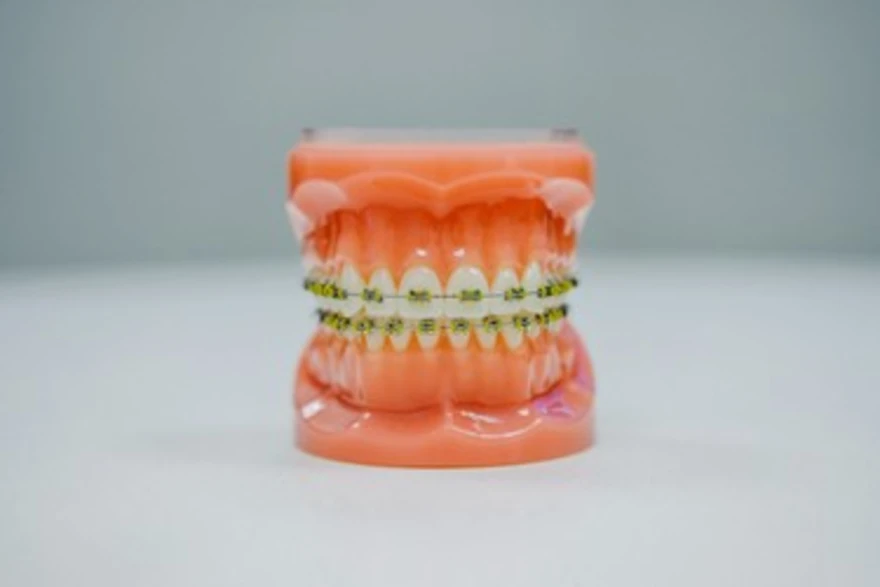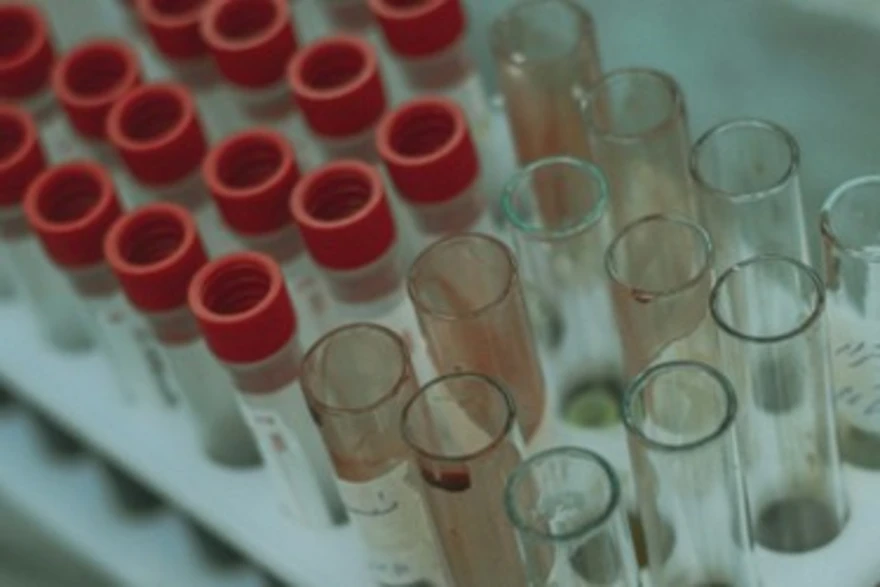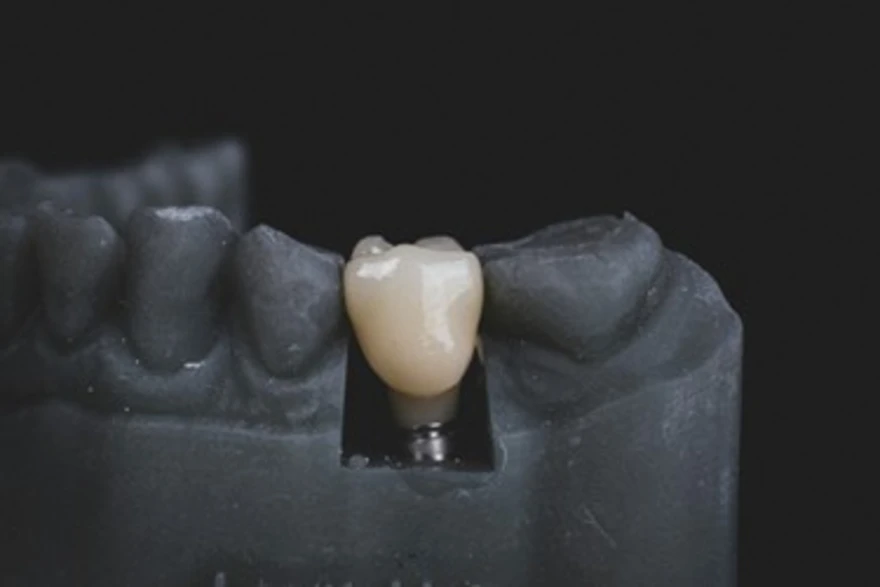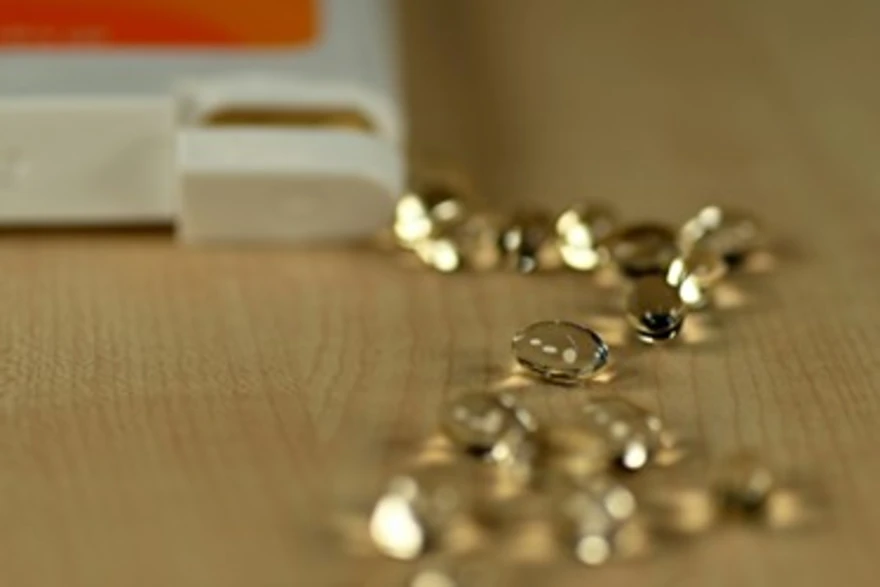Preventive Healthcare
HPV Test: Uses, Procedure, Risk and Result Results Interpretation
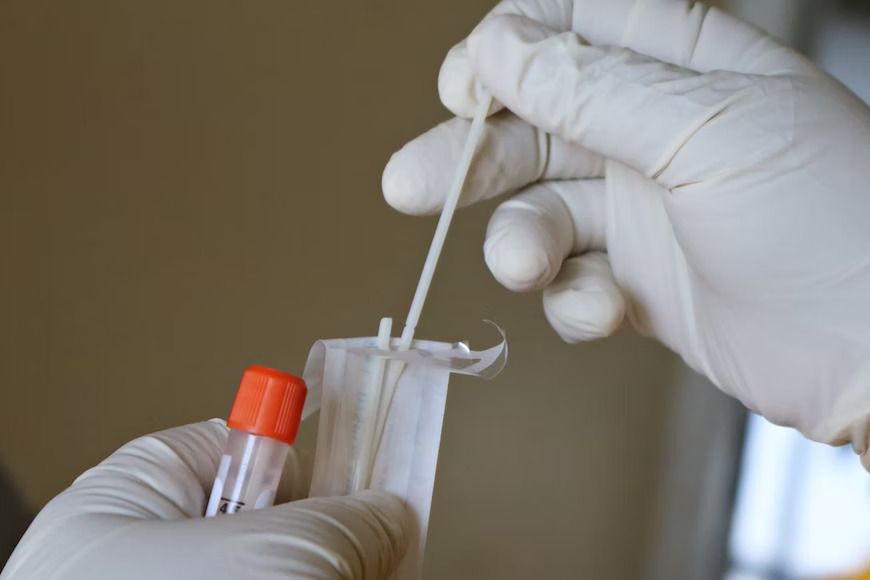
Table of Contents
What is the Human Papillomavirus (HPV) Test?
The HPV DNA test is a laboratory test where the cells of possible infected sites are checked for the DNA of the Human Papillomavirus (HPV). This common infection spreads through sex. The potential sites of infection include the vagina, vulva, cervix, penis, anus, and oral regions where mucous cells are present.
This virus has many strains, some of which are cancer-causing forms. The HPV DNA test checks for the presence of specific strains, such as 16 and 18, which can cause cancer. The HPV DNA test is unique as it tells us the genetic strain of the HPV virus.
This test is often done along with a Pap test. A Pap test is done to detect the presence of any abnormal cells in infected areas. While the Pap test detects HPV, it does not tell us the strain of the virus. The HPV DNA test specifically checks for the DNA and RNA of the sample cells for the presence of a high-risk HPV strain.
What Does The HPV DNA Test Detect?
The HPV DNA test is done to detect the Human Papillomavirus - a sexually transmitted infection. Over 150 strains of the virus can cause a range of symptoms from low risk to high risk. These viruses are called Papillomaviruses as they cause Papilloma (warts).
However, some types of HPV may lead to cancer of the cervix, vagina, vulva, penis, anus, and parts of the mouth or throat. The HPV virus is attracted to and lives only in mucous cells, which are present in commonly infected areas.
Generally, they cause genital warts, affect mucous cells, and may even lead to certain forms of cancer.
It is majorly transmitted through skin-to-skin or genital contact. Often, it affects the population in their early 20's. However, if you are sexually active, you may be at risk of contracting HPV at any stage of life.
Who Should Take The HPV DNA Test?
There are HPV DNA tests for males and females, which are recommended for people between the ages of 25 and 65. Additionally, your healthcare provider might ask for the HPV DNA test:
- If there is an abnormal Pap smear result in males and females.
- Along with a Pap smear to screen populations 30 and older for cervical cancer
- In place of a Pap smear to screen individuals age 30 and older for cervical cancer.
How is The HPV DNA Test Done?
The HPV DNA test is often done during a Pap smear. If done together, it is known as co-testing.
- The general aim of the test is to obtain cells from possible infected areas.
- The samples obtained from these areas are sent to the laboratory for analysis.
- The laboratory uses specific tests and assays used to detect HPV DNA.
- HPV DNA is detected using an FDA-approved Digene assay.
- Any positive cases undergo genotyping to detect the strain of HPV and to assess the risk of developing cancer.
For females, a Pap smear test is done to obtain the sample for the HPV DNA test. The doctor uses a speculum at the vagina to visualise the cervix. Cells are gently collected from the cervix area and are examined under the microscope. The HPV DNA test is done on the same sample obtained to detect and analyse the type of strain.
HPV DNA test for males involves a visual inspection for lesions on the penile, anal, and oral areas, such as the back of the throat. An anal pap test is done to obtain the sample required for HPV DNA analysis.
How to Prepare for The HPV DNA Test?
There is no special preparation required for an HPV DNA test. However, if it is done in conjunction with a pap smear, these recommendations may be followed 24 hours before the test is done.
- Vaginal Douching should not be done before the test
- It is recommended to abstain from intercourse
- Females are suggested not to use tampons 24 hours before the test
Risks of Taking The HPV DNA Test
Similar to other screening tests, the HPV DNA test also carries certain risks associated with the result of the tests. These include:
- A False Positive Test
A false positive test indicates that a high-risk type of virus is present when actually it is not there. This could induce anxiety in the patient and lead to unnecessary follow-ups for biopsies and doctor appointments.
- A False Negative Test
A false negative test shows that you do not have an HPV infection when you may have one. This may cause a delay in follow-up procedures and the required tests that confirm the diagnosis.
The Results of The HPV DNA Test
The results of the HPV DNA test can be positive or negative and are usually obtained within 1-3 weeks.
- A Positive HPV DNA Test
A positive HPV DNA test means that high-risk HPV strains are present or detected in the sample provided. When a positive result is obtained, the doctor may ask for a biopsy or a colposcopy to obtain cell or tissue samples from the cervix for further analysis.
- A Negative HPV DNA Test
A negative HPV DNA test means the sample does not contain high-risk HPV strains. The patient may be asked to return in 3-5 years for a new test.
Conclusion
Post the HPV DNA test, the further course of treatment involves medication and prevention. Medication is given to reduce the symptoms such as genital warts and viral load. Preventing and lowering the risk of transmission of HPV can be done by abstaining from multiple sex partners and using condoms.
Need the HPV DNA test done but unsure where to check for it? Book the HPV DNA test online at Metropolis Healthcare for convenient and safe testing!








